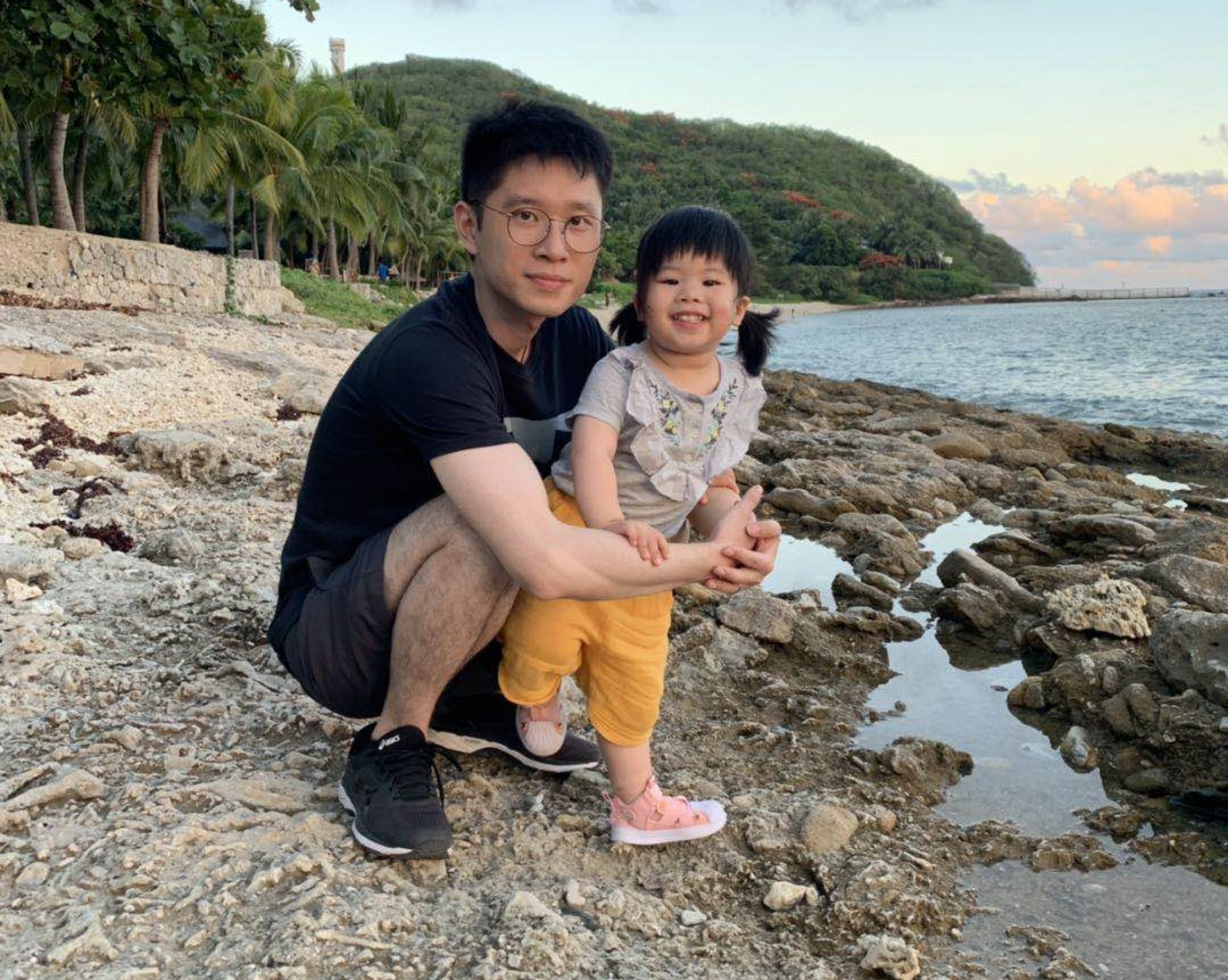Relations between the European Union (EU) and the ACP Group changed considerably during the 1990s. Historical links, which were the main features of previous agreements, had been eroded and the importance of ACP countries to the EU was reduced. With the completion of the Single Market programme in 1992 and the end of the Cold War, the EU had turned to development issues that were “closer to the homeland”, namely in Central and Eastern Europe. Although relations between the EU and the ACP countries have continued, they have been marked by the changing political situation of its time. The wave of democratization that affected many developing countries after the end of the Cold War has led to a politicization of development cooperation hitherto unknown. In addition, the continued absence of the expected economic benefits of Lomé, the continuing incompatibility with the provisions of the General Agreement on Tariffs and Trade (GATT) /World Trade Organization (WTO) and the complexity of the Lomé agreements led to the development of a new agreement in Cotonou, the capital of Benin. The EU funds most of its development programmes for ACP countries through the European Development Fund (EDF). These funds are not part of the EU`s overall budget. They are subject to internal agreement between the Member States meeting in the Council. Perhaps the most radical amendment introduced by the Cotonou Agreement concerns trade cooperation. Since the first Lomé Convention in 1975, the EU has not granted reciprocal trade preferences to ACP countries. However, under the Cotonou Agreement, this system has been replaced by the Economic Partnership Agreements (EPAs), a new regime that came into force in 2008.
The new regime provides for reciprocal trade agreements, which means that not only does the EU grant duty-free access to its ACP export markets, but also that ACP countries grant duty-free access to their own markets for EU exports. The ACP-EU Economic Partnership Agreements (EPAs) must be specific trade agreements which, like the Cotonou agreement they have produced, are primarily aimed at ensuring the development of ACP countries and their gradual integration into the global economy. They must be compatible with World Trade Organization rules. In addition to the progressive nature of possible trade liberalization between ACP countries, EPAs must meet a second criterion, that is, asymmetry, i.e. taking into account the different levels of social and economic development between the European Union and the ACP countries. At the same time, the European Union will help ACP countries and companies implement the necessary structural and macroeconomic reforms by building capacity to better meet the challenges of competition and globalisation. It is the most comprehensive partnership agreement between developing countries and the EU, covering EU relations with 79 countries, 48 of them from sub-Saharan Africa. In order to adapt to new challenges, the agreement was revised in 2005 and 2010 to focus more on the Yaounde II agreement, which expired in 1974 and was replaced by a new agreement signed and named after togo`s capital: Lomé. The creation of a new preferential trade agreement instead of the continuation of the old one was provoked both by unsatisfactory results of the previous agreement and by changes in the European political framework. From the perspective of developing countries, the demand for further negotiations was triggered by the strong neocolonical aspects that were still visible in the Yaounde Agreement and by the disappointing economic results it had achieved.
